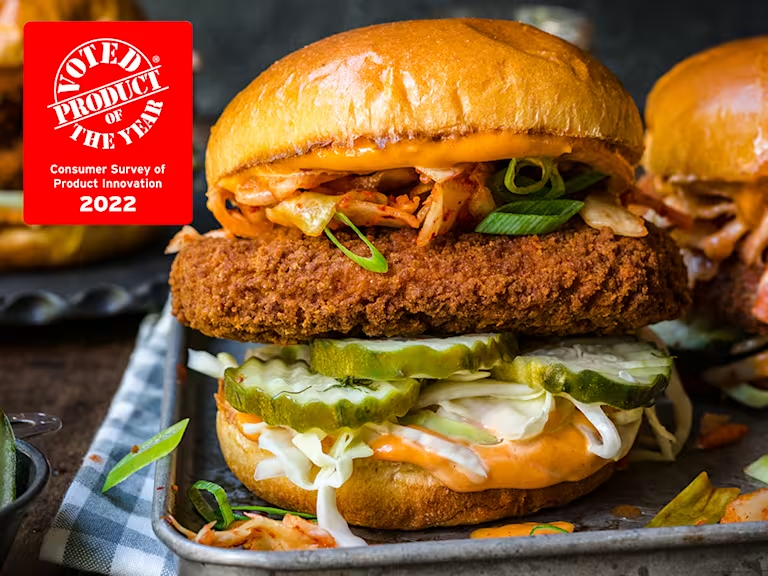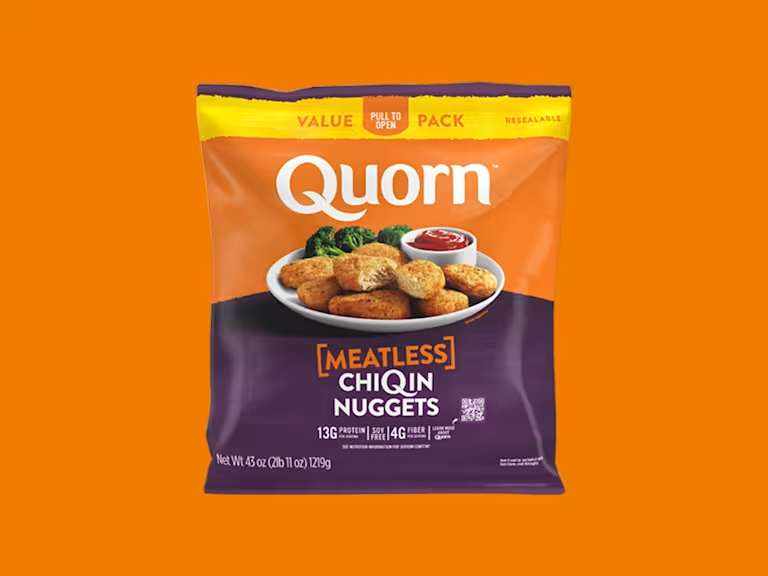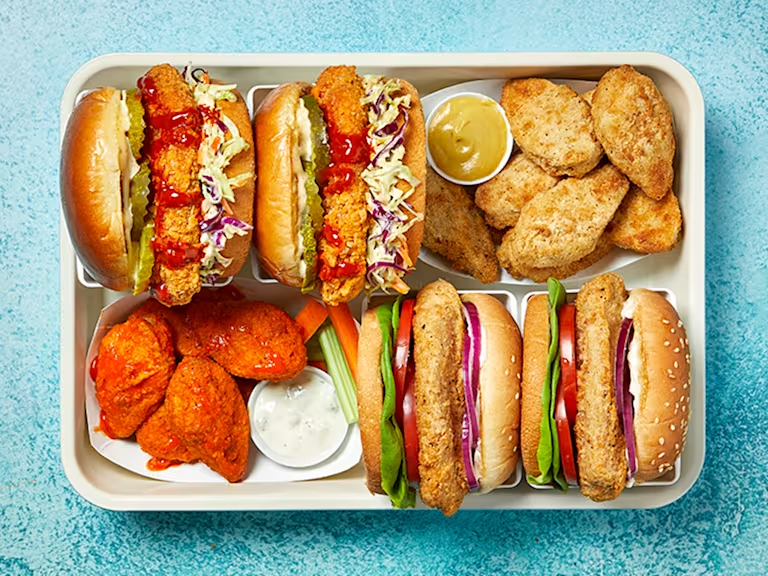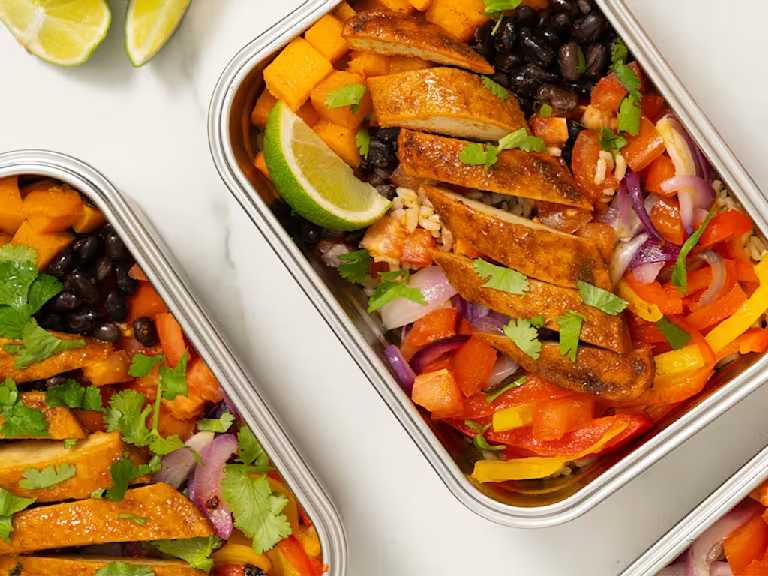
What is a Gluten-Free Diet?
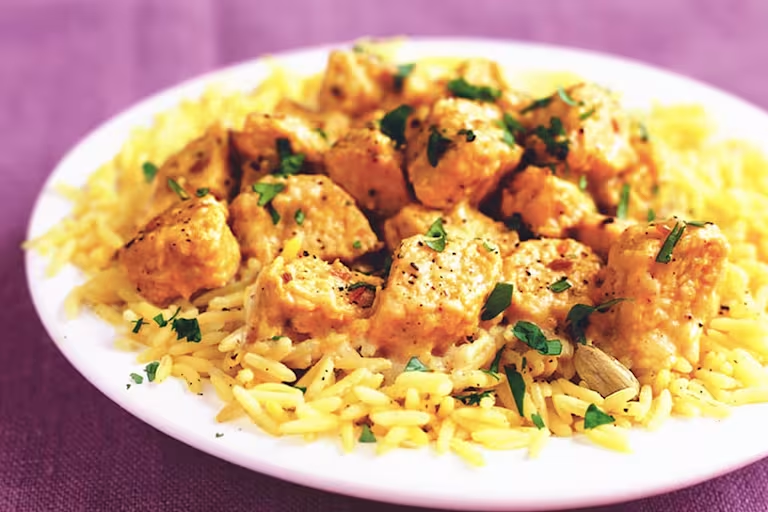
Put simply, a gluten-free diet means not eating gluten. People may follow a gluten-free diet for a handful of reasons, including dietary conditions, medical requirements, and personal preferences.
Here, we’ll explore why people go gluten-free, what gluten is and which foods contain it, and how it affects people with gluten intolerance.
Why go gluten-free?
One of the most significant reasons someone might go gluten-free is celiac disease, which affects around 1% of people, worldwide.
Celiac disease is a lifelong auto-immune disease in which consuming gluten leads to serious side effects, and switching to a gluten-free diet and avoiding cross-contamination is the only way of managing the condition.
What is gluten intolerance?
While celiac disease is relatively uncommon, as much as 7% of the US population may have a gluten intolerance.
Unlike celiac disease, gluten intolerance (non-celiac gluten sensitivity) doesn't result in long-term damage but can cause discomfort and unpleasant symptoms. It may also not be lifelong for some, so a gluten-free diet may only be needed for a certain period.
Anyone can develop a gluten intolerance at any stage of their life, though it is more common in women.
What is gluten?
Gluten is a protein that can be found in cereal grains. The most common sources of gluten are wheat, barley, and rye.
Gluten is a core component of many foodstuffs, playing an important role in the texture, appearance, and structure of many foods. It is fantastic at helping food stick together and hold shape. It gives bread its bounce and prevents pasta from falling apart when you boil it.
While harmless for most people, gluten can cause several health issues for those with celiac disease or gluten intolerance (non-celiac gluten sensitivity) and so those diagnosed need to follow a gluten-free diet.
What foods have gluten?
Gluten is found in a wide variety of foods – some more obvious than others. We’ve listed some of the more common sources:
- Wheat: Bread (including pizza), fresh and dried pasta, cereals, baked goods (such as cookies and pastries), and seitan.
- Barley: Malt (found in flavorings, vinegar, and some baked goods), alcoholic beverages, soups and sauces (for thickening), and food coloring.
- Rye: Flour and some breads, beer and other alcoholic beverages.
- Triticale: This can be used like wheat but is easier to grow.
What foods are gluten-free?
A gluten-free diet isn’t as restrictive as it might first sound. While you may have to stop eating some types of foods, there are still plenty of options, and many supermarkets provide gluten-free alternatives for most foods.
If you’re looking for gluten-free ingredients, consider cooking with:
- Alternative grains, such as rice, buckwheat, corn, and quinoa (labelled gluten-free)
- Potatoes
- Fruits and vegetables
- Beans, legumes, nuts, and seeds
- Eggs
- Most low-fat dairy products
- Most meat and fish (avoid breaded meats, and be aware of marinades and processed meat)
- Oats (choose those with a gluten-free label as many mills that process oats also handle gluten-containing grains so there is risk of cross-contamination)
You can browse the Quorn gluten-free products available here.

What does gluten-free mean for you?: Top tips for managing your diet
Going gluten-free means removing all sources of gluten from your diet. This can mean food that contains gluten but also traces of cross contamination.
If you’re looking at pre-packed ‘gluten-free’ meals, check the labels and nutritional information to help you pick the healthiest choice. There’s nothing wrong with eating pre-packaged meals occasionally, but it’s important you get all the nutrients a varied diet can provide. Consider consulting a dietitian if you’re following a gluten-free diet and you’re concerned about whether you’re getting all the nutrients you need.
Plan your meals ahead
One simple way to ensure you’re regularly getting all those nutrients is to plan varied meals that include all of the key food groups; fruits, vegetables, grains, protein and dairy. Planning your meals in advance can be a convenient way to prepare for the week ahead, while making sure you’re not missing out on those important vitamins and minerals.
Check the labels
One habit you’ll pick up fast is checking food labels for sources for gluten. While some gluten-free foods will be labelled, others simply won’t say. When reading labels, check for the obvious sources of gluten, including wheat, barley, and rye. Some products will say they are wheat-free but be aware, this doesn’t guarantee they’re free of gluten.
Ask questions when dining out
Trips to restaurants on a gluten-free diet might require a little prior planning. But with some simple research, you can quickly work out where’s good to eat and where isn’t. Many restaurants and eateries today have a dedicated gluten-free menu, or at least, a selection of options to pick from. Always inform your server if you have celiac disease, or any allergies or intolerances. They should be able to let you know what you can and can’t eat and help with any concerns about cross contamination.
Be careful of what you drink
Some drinks, both alcoholic and non-alcoholic, contain gluten. This includes certain beers, spirits, and drinks mixers, as well as some flavored milk and coffee-based drinks. Be sure to double check anything before you drink it, or in the case of beer, look for gluten-free solutions.
Experiment with flavors
As with anything, the best way to learn what you like is to experiment. A gluten-free diet can be packed full of flavor and nutrition once you know what you enjoy. Don’t be afraid to substitute ingredients to create your favorite meals. Most grocery stores will have a gluten-free range where you can browse options from gluten-free bread, pasta, and other similar staples.
And to help you get started, you can explore our Quorn gluten-free products and Quorn gluten-free recipes and find your inspiration today.

